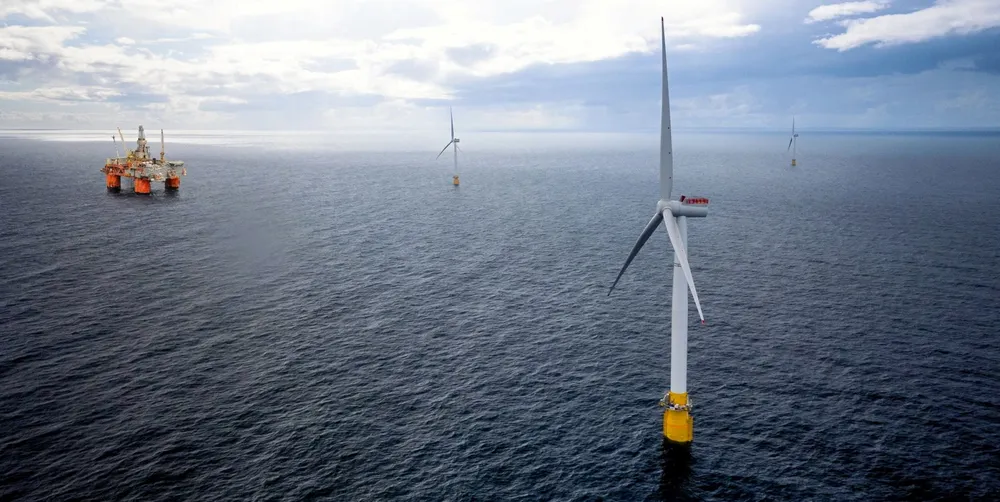'It's a shame' | Norwegian flagship offshore wind auction's first lot disappoints industry
Sector groups had hoped for double the capacity tendered and concerned over lack of visibility on further gigawatts promised – as well as signal of a single grid link to Norway
